
6 minute read
Rare Opportunities: Volunteers Are Vital Players In Support Of Unique Plants
Kevin Doyle
Kevin Doyle is a botanist with the DNR’s Natural Heritage Conservation program.
At the edge of Oconto County, in the Chequamegon-Nicolet National Forest, lives a land of giants.
Large sugar maple and basswood trees, with scattered beech, ash and red oak, soar here. There are even pockets of pine and hemlock, a reminder of the vast conifer forests of northern Wisconsin’s past.
Trees here are over 2 feet in diameter, and the canopy is almost entirely closed. If clouds roll in at noon, it might as well be midnight.
The scant amount of sunlight filtering through means there isn’t much growing beneath. Still, the forest floor is what makes this site so special.
The ground here is soft and spongy. Compared to other areas of the forest, where earthworms devour decomposing leaf litter and turn the ground into hard mud, this place is like walking from hardwood flooring onto plush carpet.
Earthworms, not native to Wisconsin, often are introduced along ATV/UTV trails or logging roads and spread from there. Luckily, there are still parts of the state, though few and far between, where earthworms haven’t yet reached. This is one of them.
Habitat like this is so perfect for a particular rare plant that you get a sense you’re about to find it before you even start looking: the little goblin moonwort.
Entering “unwormed territory” in a sugar maple basswood forest is a sure signal that this state-endangered and globally imperiled fern might be present.

Hide And Seek
Little goblin moonwort (Botrychium mormo) is a tiny plant, only a few inches tall. Sometimes, it doesn’t even make it above the leaf litter, so to find it takes some work.
Those who’ve had success spotting this tiny forest dweller have noted it is often found in cradles or shallow depressions left by the tipped-up roots of a fallen tree. Leaf litter accrues in these cradles, making them richer and moister than the surrounding forest.
Little goblin moonwort also seems to prefer basswood trees and is often found near particularly big ones. Lastly, many goblin moonwort populations are found just above the dried-up bed of an ephemeral pond, the seasonally wet depressions so important for frogs and salamanders in spring.
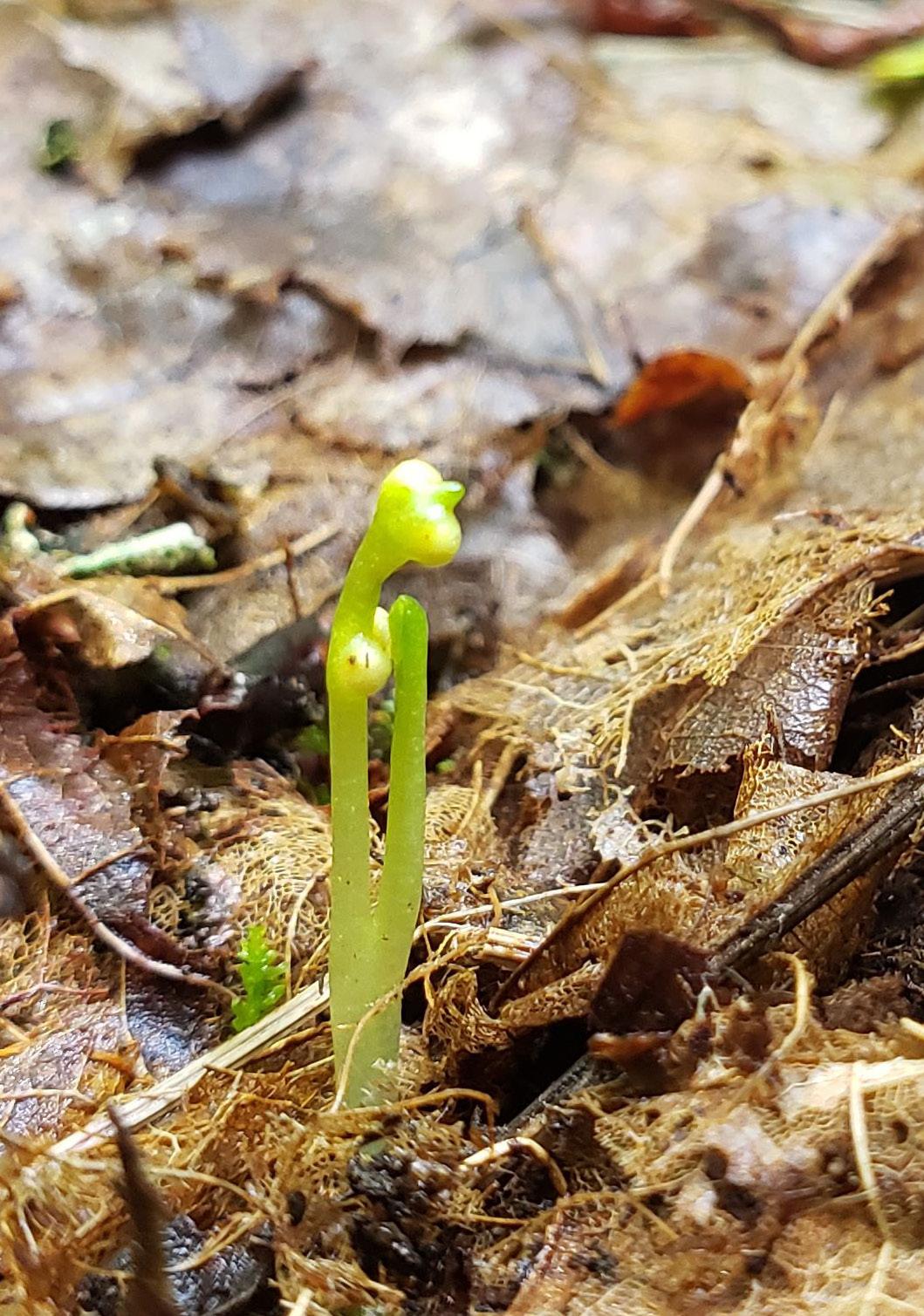
Knowing these characteristics about little goblin moonwort is necessary to find it. Patience and a little luck don’t hurt, either.
But finding rare plants is not always this difficult. Like humans, each plant has its own issues. Some are extremely showy but suffer from genetic inbreeding. Others appear similar to a more common plant and are simply overlooked.
Many rare plants are hidden in plain sight.
A few years ago, DNR ecologist Ryan O’Connor found a new population of green violet (Hybanthus concolor) while surveying at a state natural area in Pierce County. The plant hadn’t been seen in Wisconsin since 1958!
Even more incredible, the new population discovered by O’Connor was pretty big — hundreds of plants. Green violet isn’t very showy, so named because the flowers match the foliage. Most likely, these rare plants had been there a while but were undiscovered because either no one had taken time to look or because the plants didn’t stand out.
Valuable Volunteers
Thousands of rare plant populations are scattered across Wisconsin, making it impossible for DNR staff to keep tabs on all of them. That’s where you can make a difference.
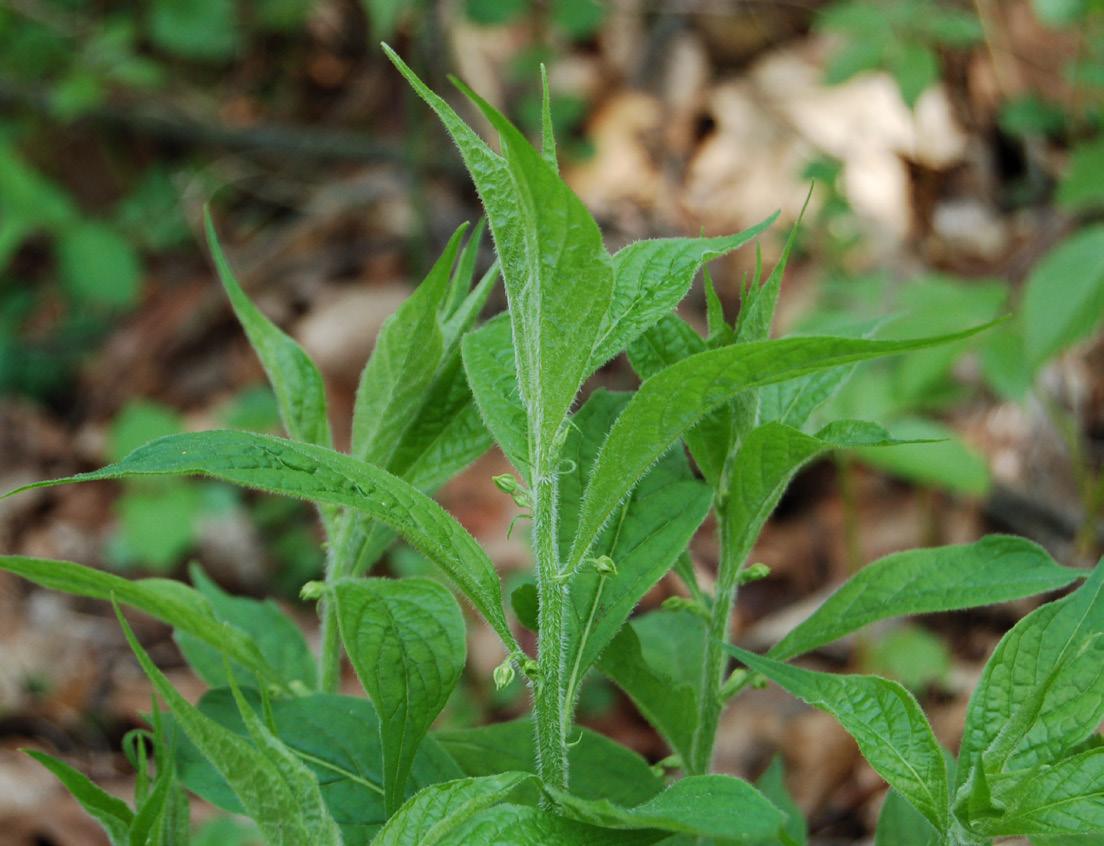
The Rare Plant Monitoring Program is a DNR-coordinated citizen science program that trains volunteers to search for rare plants and submit data to the DNR. The program effectively extends the DNR’s reach to understand how our most vulnerable and unique plants are doing.
People might assume if they see a rare plant species, the DNR already knows it’s there. But it’s important to report every rare plant sighting.
Getting updated information on how these plants are doing is critical to staying ahead of novel or imminent threats. Invasive species can move in quickly, turning good habitat to bad in a matter of a decade.
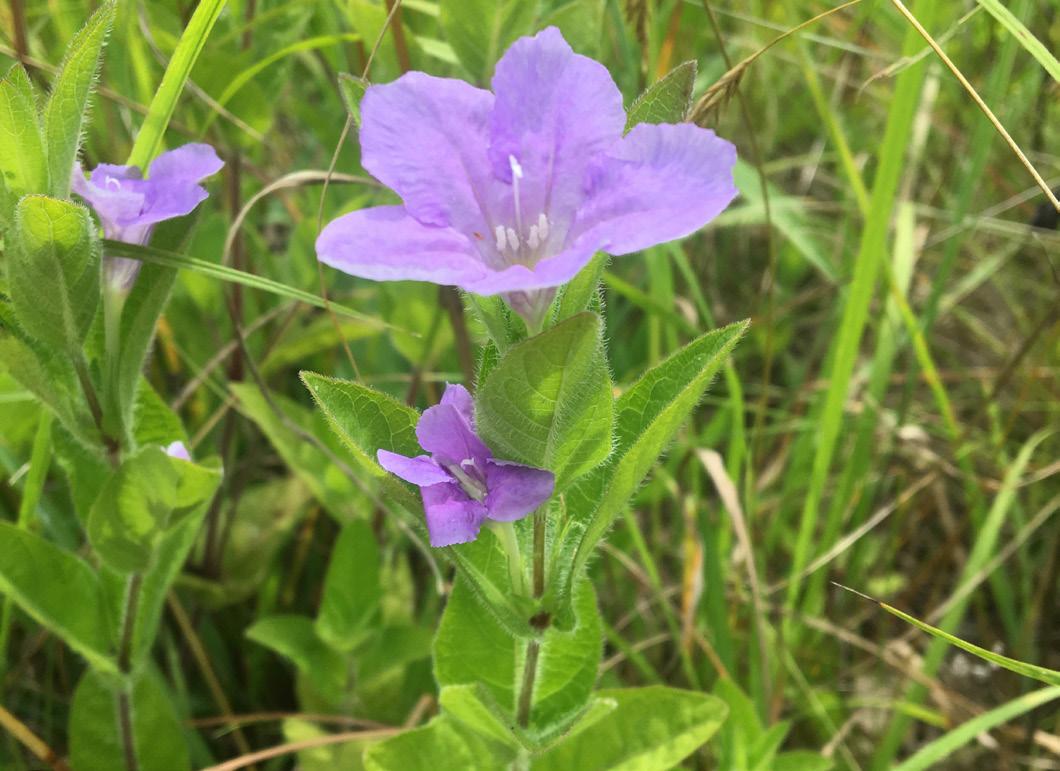
Take little goblin moonwort, which has declined up to 67% in the last 20 years as earthworms march across the Northwoods. If follow-up surveys were never done, we might have a false sense of security about how they’re doing — and before we caught on, they’d be gone.
Since the Rare Plant Monitoring Program started in 2013, more than 2,000 reports have been submitted by volunteers. With that information, the DNR has learned some species are declining statewide, like white lady’s slipper, goldenseal and prairie turnip.
Volunteers also have revisited known populations where a once minimally threatened dry prairie was chock-full of buckthorn. They often find undiscovered populations of rare plants, too, with more than 150 new populations of rare plants reported by volunteers since the monitoring program began.
Information Is Vital
Besides using the data volunteers collect to inform land management, the DNR also uses information on rare species location, population sizes, habitat and potential threats to protect plants in other ways.
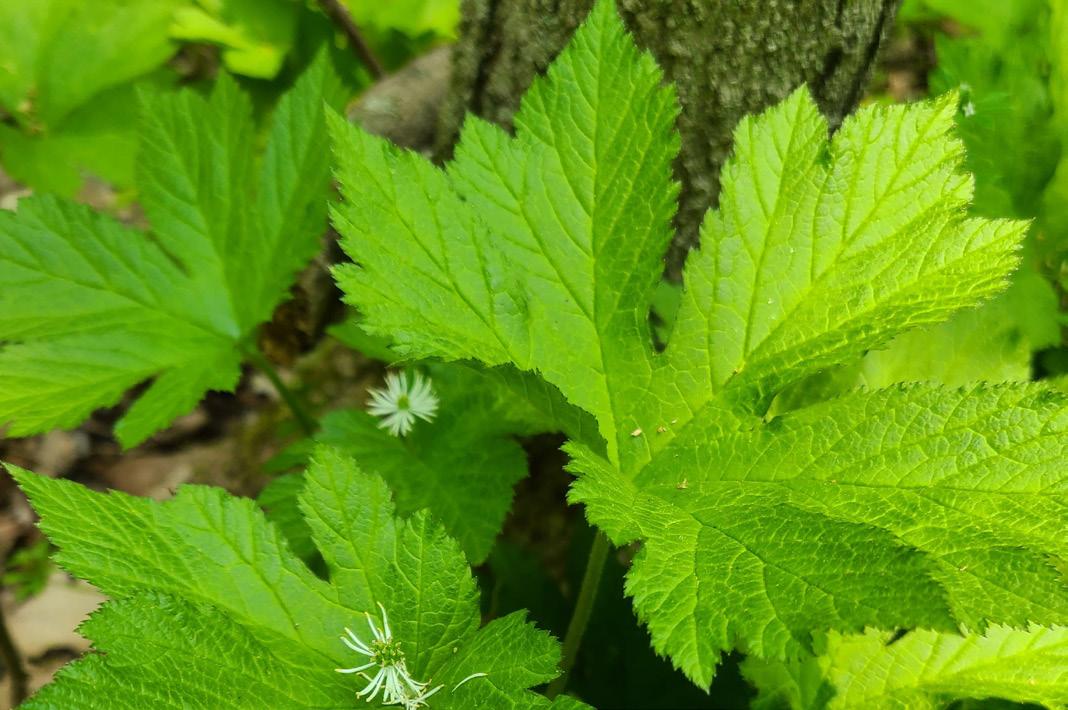
When new state natural areas or local preserves are being delineated, the presence of rare species can help prioritize certain parcels or help secure funding to make the acquisition. When new developments or timber harvests are proposed, the impact to known populations of rare plants and animals must be considered.
Information collected about rare plants in Wisconsin also can have an impact on the national or even international level.
The DNR’s Natural Heritage Conservation program, which monitors rare plants and animals in the state, is part of an international network of similar programs that compiles rare plant information across North America and Latin America. Wisconsin data can help assess species’ trends on a greater scale and decide what more should be done to protect them.
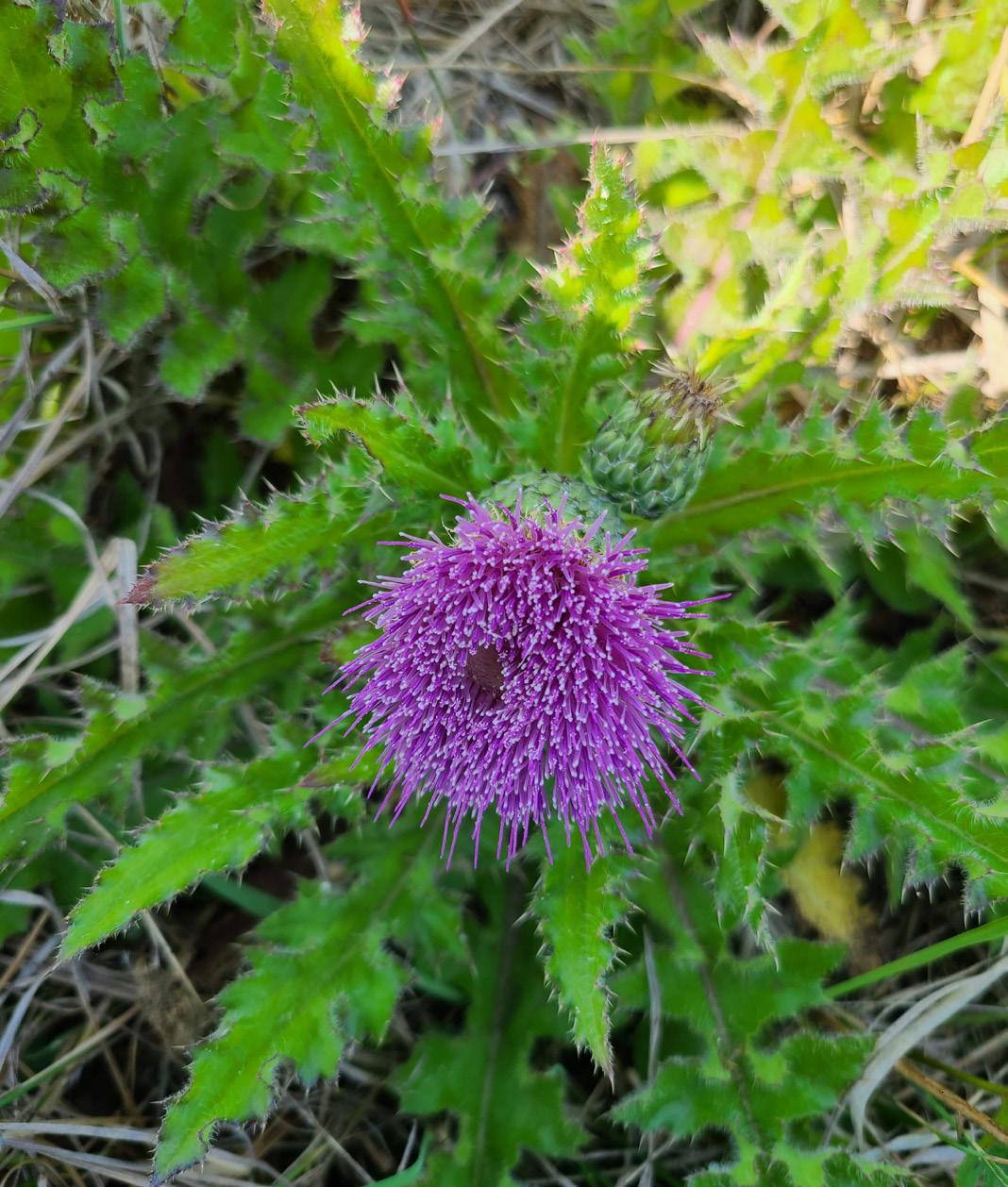
All the different ways rare species data are used highlights the connections needed to protect these vulnerable and unique parts of our flora and fauna.
Learn More
Volunteers can join the DNR’s Rare Plant Monitoring Program by taking a free online training. For more on rare plants in Wisconsin, including a full species list, visit the DNR website.

